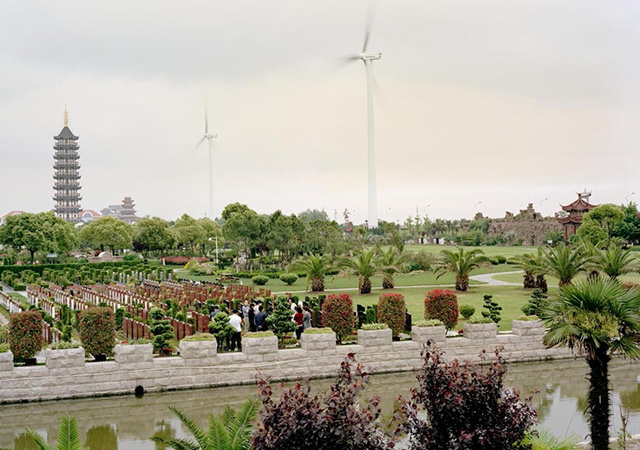
2012 was a record year for the US. However, despite renewal of the so-called Production Tax Credit for a further year, GWEC believes that “broader market conditions and politics” may impact the level of support available to renewables in the country in the short to medium term.
Market consolidation and rationalisation in China, and a lapse in policy in India were the main reasons for the significant slowdown in Asia in 2012, but these conditions are expected to be short-lived, and Asian dominance of global wind markets is expected to continue.
Canada, Brazil and Mexico are expected to turn in a strong performance this year and a few hundred megawatts from sub-Saharan Africa will come online for the first time: in South Africa, Ethiopia and possibly Kenya.
Global installations will be further augmented by new projects coming on line in Mongolia, Pakistan, the Philippines and Thailand.
However, GWEC records that, for the fifth year in a row, Asia was the world’s largest regional market for wind energy, with capacity additions totalling just over 15GW.
In terms of annual installations China ceded its leadership position to the US this year, albeit with less than 200MW difference between them. China added 12.96GW, which represents a significant drop when compared to the exceptional annual installation figures for the past three years.
The Chinese market almost trebled its capacity from 25.8GW in 2009 to reach 75.3GW by the end of last year, allowing China to continue maintaining its lead in terms of global cumulative installed wind power capacity. Moreover, wind energy was the third largest source of electricity after thermal and hydro-power. It even overtook nuclear power and currently accounts for 2% of power generated in the country.
“The astonishing growth of China’s wind sector since 2006 has managed to surprise even many optimists in the industry,” says GWEC, warning that it has outpaced the ability of the Chinese power grids to cope.
Turning to India, new wind installations pushed capacity to 2,336MW by the end of 2012, for a cumulative total of 18,421MW. This pace of growth kept the Indian wind power market firmly in the top five rankings globally.
As of January this year, total wind installations had risen to 18,552MW bringing total renewable energy installations in the country to 26,920MW.
By the end of 2012, renewable energy accounted for over 12% of total installed capacity, and about 6% of electricity generation, up from 2% in 1995.
Wind power accounted for about 69% of overall renewable energy capacity or about 8% of the total installed capacity in India. With the acute need for electrification and rising power consumption in the country, GWEC says wind energy is going to provide an increasingly significant share of India’s electricity supply.
In the US, uncertain federal policies have led to a classic boom-bust cycle in wind energy development for over a decade. Notwithstanding, the American wind energy industry had its strongest year ever in 2012, making it the market leader in terms of new wind installations globally.
Indeed, across the States, more than 13.1GW of new generating capacity from 190 turbine projects was added which in turn leveraged $25billion (19billion euros) in private investment.
The US is now home to 60GW of total wind power capacity, up from 46.9GW in 2011. Not only that, last year, wind energy was the largest source of new US electricity generation, providing some 42% of all new capacity, with Texas, the Lone Star state, leading the way.
An unprecedented 8.4GW of wind power was installed in the fourth quarter alone, making it the strongest quarter in the long history of American wind power.
A total of 66 utilities bought or owned wind power last year, which is a significant increase from 42 in 2011. New wind power purchasers included at least 18 industrial buyers, 11 schools and universities, and eight towns or cities, indicating a “significant trend” toward non-traditional power purchasers.
Though GWEC warns of a big slowdown in the American market this year, it is “unlikely” to be as much of a dip as was expected. Next year is said to be looking good.
Recommended for you
